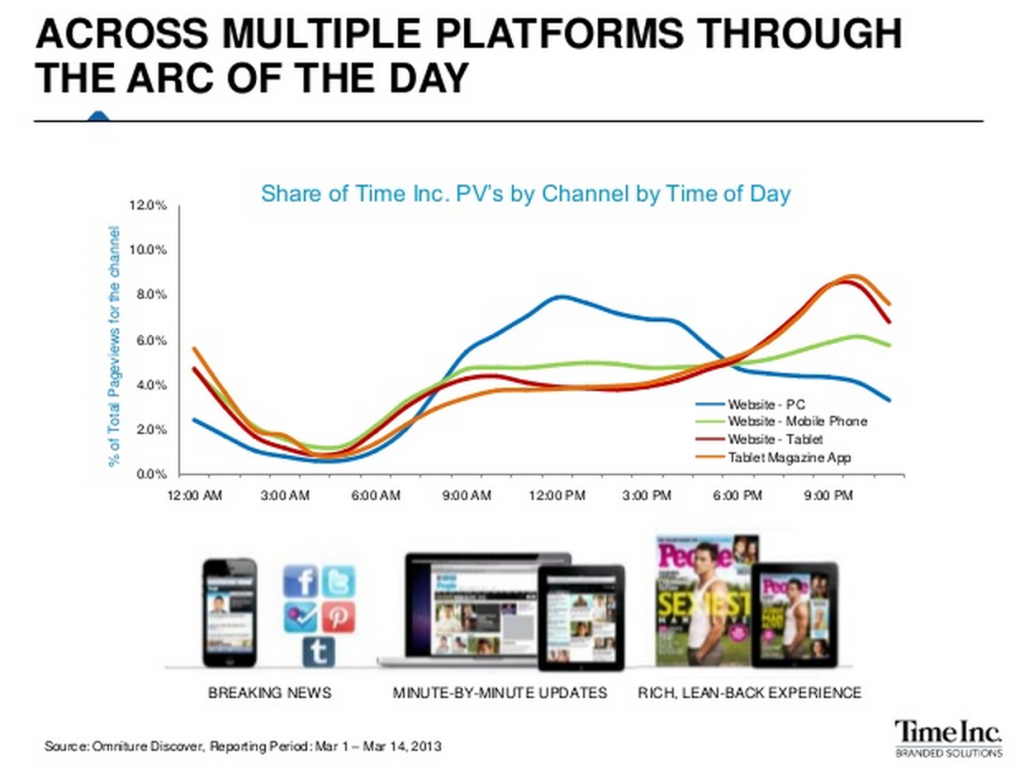Is Native Destined For Publishing Domination? The Experts Weigh In
Is sponsored content and other native advertising destined to dominate the publishing landscape?
Rebecca Lieb, an analyst at Altimeter, seems to think so. “Nearly 100 percent of publishers will begin to offer native advertising products,” she said during Lou Kerner’s dial-in conference series, The Social Internet, which brought together leaders from Altimeter, Time, TripleLift and Livefyre to shed light on marketing’s hottest trend.
The Key Stats
Though Lieb believes that native ads will have a big role in the future of publishing, she also emphasized that the metrics and KPIs for native are “not fully defined.”
However, she painted a very promising picture for native advertising, citing the fact that there “are 49x more clicks from Facebook page post ads than traditional on-site ads.”
Ari Lewine, Co-Founder and Chief Strategy Officer at TripleLift, added that native ads average a 1% click-through rate — about 1,000 to 3,000 times higher than banner ads, and noted that visual content is becoming the new currency of the web. “The visual web is becoming the new standard,” he said.
Adam Soloman, VP of Digital Advertising Products at Time, added some context to these stats with a graph of Time reader-consumption habits by time of day, seen below.
As you can see, desktop traffic plummets after work hours, while mobile content makes a big-leap, peaking in the 8-9 PM hour. More and more, it’s becoming clear that the relationship between content, device type, and time of day are becoming intrinsically linked, and to maximize results, the right content needs to be distributed at the right time.
Most stunning was a presentation by Jordan Kretchmer, Livefyre’s founder and CEO. Kretchmer showed how traffic to publishers was lagging in the late 2000s. Then, as social took off and mobile consumption soared, publishers’ fortunes changed. They became the primary provider of the content shared on social network and traffic soared.
At the same time, advertising had to change, as banner ads failed to capitalize on this changing consumer behavior. As a result, sponsored content took off, since it now had the added bonus of being a vehicle for word-of-mouth marketing.
The Advice
The result of these stats is a clear picture: Native advertising is rapidly accelerating as an advertising choice because users engage with it more. “No platform has reached meaningful scale in recent memory and used banner ads,” noted Lewine.
But as emphasized by Lieb, advertising is not self-driving, and certainly not native. She outlined the critical factors for success as: Transparency and trust, content strategy, collaboration, earned component, content portability, training, scalability, and measurement. These points were reiterated constantly, underscoring an important point: This isn’t the mass-impression game of banner ads. For native ads to continue to thrive, they need to be handled with care.
For more, find the slides, provided by Kerner, on Kerner’s SlideShare site.
What’s the deal with the Content Strategist? At Contently, storytelling is the only marketing we do, and it works wonders. It could for you, too. Learn more.
Image by BiblioArchives / LibraryArchives / Flickr.comGet better at your job right now.
Read our monthly newsletter to master content marketing. It’s made for marketers, creators, and everyone in between.






